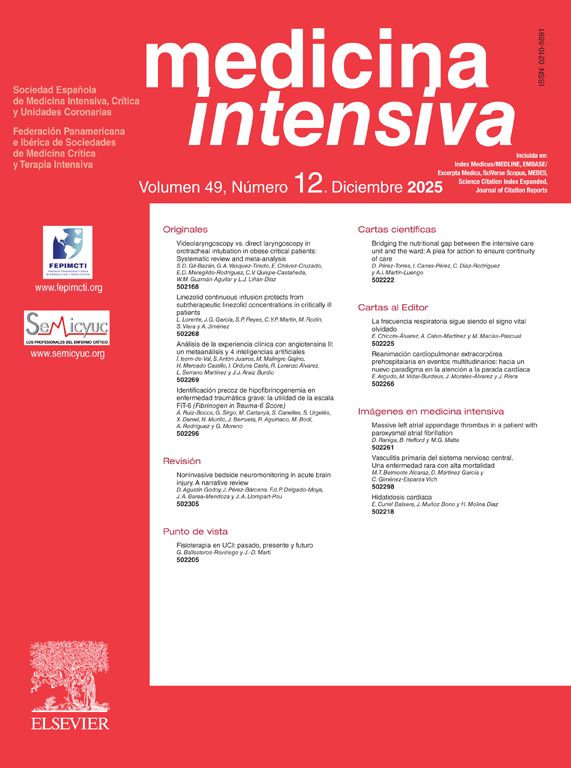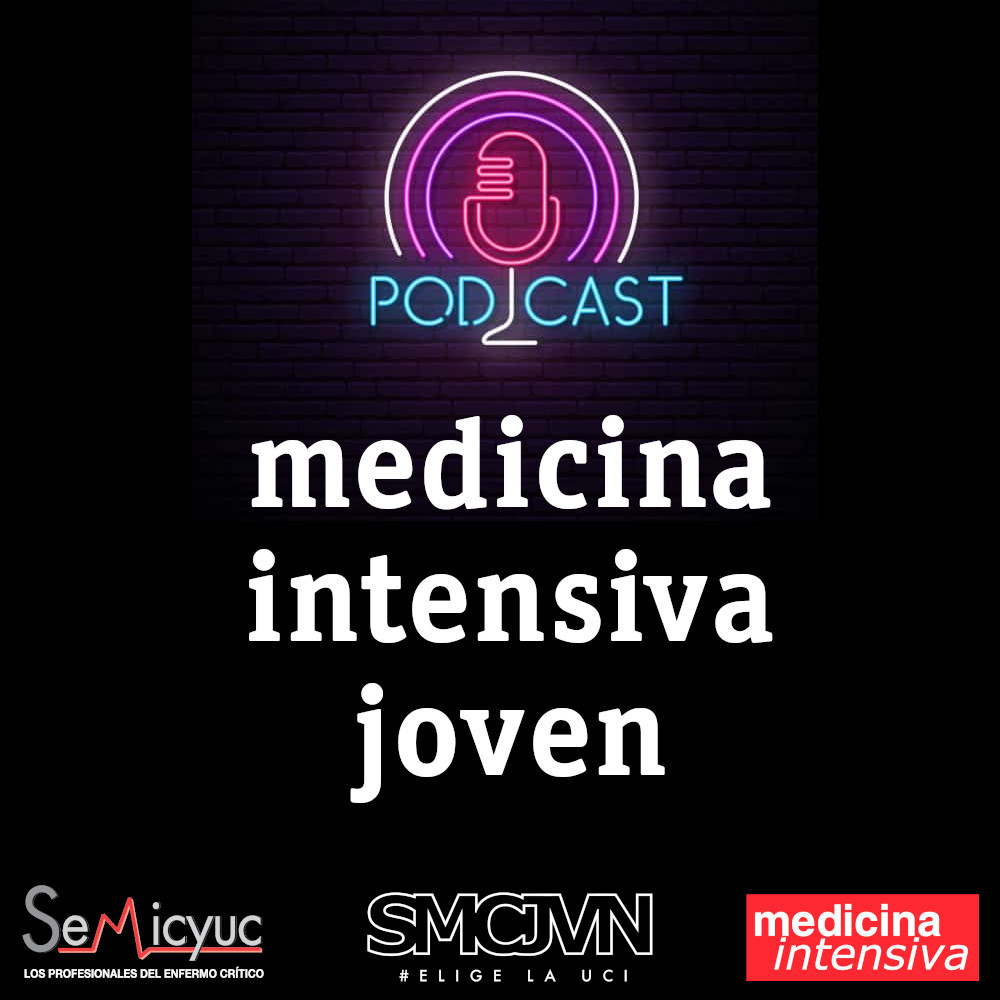se ha leído el artículo
| año/Mes | Html | Total | |
|---|---|---|---|
| 2025 12 | 139 | 47 | 186 |
| 2025 11 | 253 | 121 | 374 |
| 2025 10 | 30 | 106 | 136 |
| 2025 9 | 0 | 102 | 102 |
| 2025 8 | 0 | 117 | 117 |
| 2025 7 | 0 | 86 | 86 |
| 2025 6 | 8 | 71 | 79 |
| 2025 5 | 225 | 102 | 327 |
| 2025 4 | 168 | 68 | 236 |
| 2025 3 | 173 | 66 | 239 |
| 2025 2 | 176 | 74 | 250 |
| 2025 1 | 138 | 100 | 238 |
| 2024 12 | 171 | 78 | 249 |
| 2024 11 | 164 | 110 | 274 |
| 2024 10 | 146 | 83 | 229 |
| 2024 9 | 129 | 52 | 181 |
| 2024 8 | 164 | 59 | 223 |
| 2024 7 | 128 | 40 | 168 |
| 2024 6 | 132 | 119 | 251 |
| 2024 5 | 125 | 48 | 173 |
| 2024 4 | 130 | 60 | 190 |
| 2024 3 | 98 | 40 | 138 |
| 2024 2 | 84 | 43 | 127 |
| 2024 1 | 93 | 49 | 142 |
| 2023 12 | 62 | 46 | 108 |
| 2023 11 | 68 | 61 | 129 |
| 2023 10 | 80 | 57 | 137 |
| 2023 9 | 72 | 45 | 117 |
| 2023 8 | 46 | 20 | 66 |
| 2023 7 | 72 | 40 | 112 |
| 2023 6 | 54 | 20 | 74 |
| 2023 5 | 64 | 33 | 97 |
| 2023 4 | 93 | 37 | 130 |
| 2023 3 | 159 | 44 | 203 |
| 2023 2 | 129 | 33 | 162 |
| 2022 1 | 65 | 44 | 109 |
| 2022 12 | 132 | 59 | 191 |
| 2022 11 | 161 | 48 | 209 |
| 2022 10 | 118 | 66 | 184 |
| 2022 9 | 109 | 48 | 157 |
| 2022 8 | 149 | 47 | 196 |
| 2022 7 | 131 | 69 | 200 |
| 2022 6 | 91 | 44 | 135 |
| 2022 5 | 120 | 51 | 171 |
| 2022 4 | 136 | 39 | 175 |
| 2022 3 | 168 | 70 | 238 |
| 2022 2 | 138 | 59 | 197 |
| 2021 1 | 157 | 69 | 226 |
| 2021 12 | 108 | 47 | 155 |
| 2021 11 | 110 | 54 | 164 |
| 2021 10 | 125 | 104 | 229 |
| 2021 9 | 95 | 49 | 144 |
| 2021 8 | 90 | 61 | 151 |
| 2021 7 | 112 | 54 | 166 |
| 2021 6 | 74 | 32 | 106 |
| 2021 5 | 86 | 69 | 155 |
| 2021 4 | 197 | 147 | 344 |
| 2021 3 | 137 | 60 | 197 |
| 2021 2 | 123 | 33 | 156 |
| 2020 1 | 113 | 44 | 157 |
| 2020 12 | 89 | 45 | 134 |
| 2020 11 | 93 | 34 | 127 |
| 2020 10 | 76 | 44 | 120 |
| 2020 9 | 76 | 48 | 124 |
| 2020 8 | 74 | 34 | 108 |
| 2020 7 | 79 | 26 | 105 |
| 2020 6 | 75 | 38 | 113 |
| 2020 5 | 83 | 36 | 119 |
| 2020 4 | 110 | 58 | 168 |
| 2020 3 | 58 | 39 | 97 |
| 2020 2 | 148 | 75 | 223 |
| 2020 1 | 84 | 46 | 130 |
| 2019 12 | 137 | 36 | 173 |
| 2019 11 | 182 | 51 | 233 |
| 2019 10 | 159 | 35 | 194 |
| 2019 9 | 115 | 49 | 164 |
| 2019 8 | 125 | 43 | 168 |
| 2019 7 | 84 | 34 | 118 |
| 2019 6 | 69 | 34 | 103 |
| 2019 5 | 101 | 61 | 162 |
| 2019 4 | 83 | 57 | 140 |
| 2019 3 | 73 | 49 | 122 |
| 2019 2 | 64 | 49 | 113 |
| 2019 1 | 97 | 61 | 158 |
| 2018 12 | 74 | 43 | 117 |
| 2018 11 | 223 | 124 | 347 |
| 2018 10 | 271 | 58 | 329 |
| 2018 9 | 118 | 24 | 142 |
| 2018 8 | 65 | 22 | 87 |
| 2018 7 | 41 | 30 | 71 |
| 2018 6 | 66 | 36 | 102 |
| 2018 5 | 4 | 2 | 6 |
| 2018 4 | 3 | 4 | 7 |
| 2018 3 | 13 | 5 | 18 |
| 2018 2 | 7 | 5 | 12 |
| 2017 11 | 0 | 1 | 1 |
| 2017 10 | 0 | 1 | 1 |
| 2017 7 | 0 | 4 | 4 |
| 2017 6 | 0 | 2 | 2 |
| 2017 5 | 0 | 1 | 1 |




